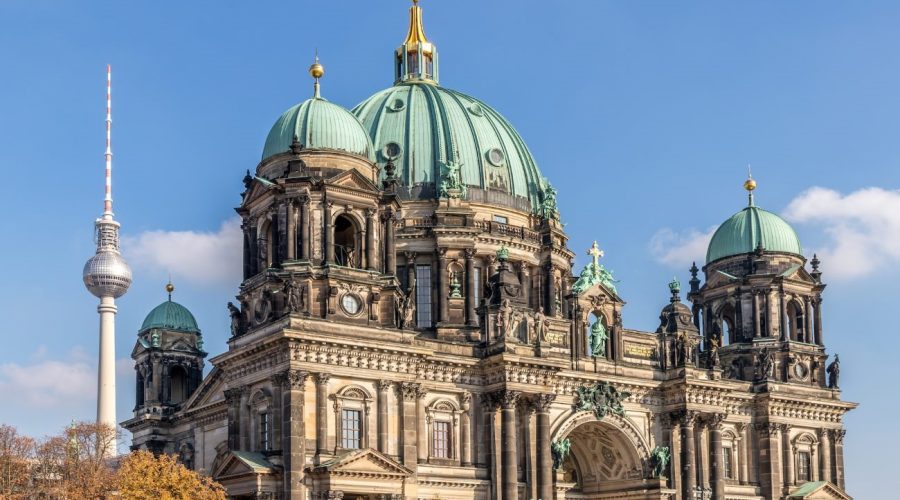Exploring the Fascinating Red Light District in Amsterdam
Tourists associate Amsterdam with its cultural diversity along with its captivating network of canals and traditional buildings. Many visitors to Amsterdam investigate this area due to its notorious status as the Red Light District. The subsequent sections of this piece address the components and historical background of the controversial Red Light District alongside exploration of its distinctive characteristics.
The Red Light District represents a specific zone within Amsterdam where sex work is openly operated.
Another Amsterdam place De Wallen continues to symbolize its central adult commercial establishments and windowed brothels in addition to its dynamic nightlife. As a controlled space the district permits sex workers to work through windows that draw clients who wish to access their services. The oldest section of the city holds the district very near to Amsterdam Central Station so visitors find easy access there.
The History Behind the Red Light District
For many centuries the Red Light District has continuously developed into its present form. Sailors and merchants sought amusement when they arrived in Amsterdam during its Golden Age since they spent long durations at sea. Brothels that sprouted in this particular area led to an erotic center serving men and women who worked in the area. The area matured through successive years to become a foundation stone of the city’s character.
Unique Features of the Red Light District
The Red Light District contains more features than its well-known window brothels. Tourists can access various sites and attractions throughout the area.
- The plain streets running through the district maintain its individual character. Spending time in Zeedijk and Warmoesstraat by walking leisurely will offer visitors the chance to enjoy the local character.
- Multiple educational establishments which might surprise visitors operate within the boundaries of the Red Light District. The Red Light Secrets Museum together with The Erotic Museum show how the history of experiences developed inside the district.
- During nighttime the district transforms into a vibrant activity center featuring many bars and clubs together with music venues. People can find musical entertainment or choose to dance until morning or experience the lively atmosphere of the nighttime establishments.
- All the active movement throughout the Red Light District builds up substantial hunger. Dutch street food delights of herring and fries along with stroopwafels are available to satisfy your needs.
Important Considerations and Respectful Tourism
Visitors should maintain respectful attitudes when exploring the Red Light District although it possesses interesting sights for guests.
- The sex workers who display themselves in windows practice their profession as experts. Photos are banned alongside the practice of disrespectful actions in this area.
- The residential community members in The Red Light District need to maintain a quiet environment. Residents need silence both throughout the late night hours and during daytime hours.
- Tourists should protect their belongings from theft due to the lively environment of such places. Your security and situational mindfulness protect your possessions in this area.
- Residents should obey the laws of the Red Light District as some conduct is permitted although drug usage remains prohibited. Study the local regulations and obey them at all times.
Conclusion
Visitors to Amsterdam should explore the Red Light District because it offers an exciting yet debated Amsterdam experience. Through historical exploration and distinct feature analysis combined with responsible visitor behavior knowledge traveling to the destination delivers greater value to tourists. Visitors who show respectful behavior alongside curiosity can discover both the specific cultural identity and the entire multifaceted nature of Amsterdam.
Table of Contents



